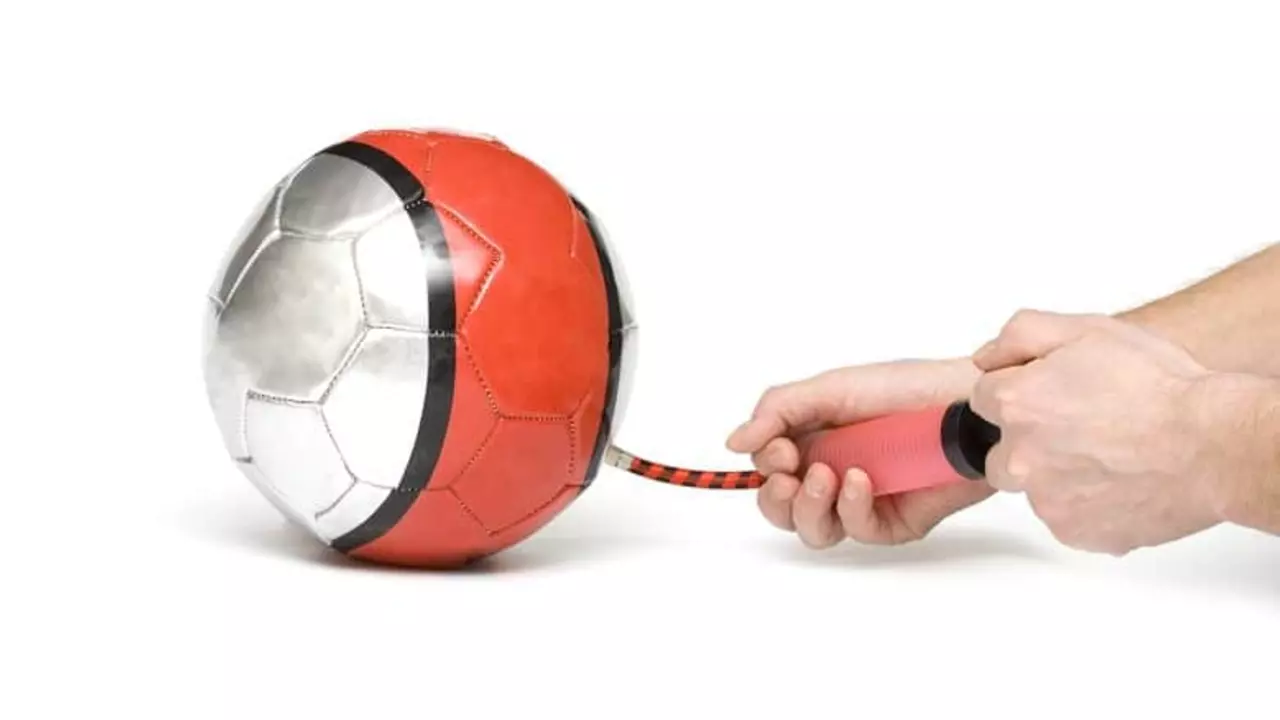Sports Equipment Maintenance – Deflating a Soccer Ball Made Easy
Got a ball that’s too hard or needs storage? Knowing how to let the air out without ruining the ball is a handy skill for any player or coach. It’s not rocket science, but doing it right saves you a lot of hassle later.
Why You Might Need to Deflate a Ball
There are a few good reasons to take the pressure off a soccer ball. First, a ball that’s over‑inflated can feel harsh on the feet and increase the risk of injury. Second, when you’re packing balls for a trip or a season’s end storage, a partially deflated ball takes up far less space. Finally, some drills call for a softer ball to help beginners control their touches. Knowing the right method ensures the ball stays round and ready for the next game.
Step‑by‑Step Guide to Deflate Safely
All you need is a ball pump with a needle and a bit of saliva or water. Here’s the quick process:
1. Moisten the needle. A few drops of saliva or a dab of water will help the needle slide in without tearing the valve.
2. Locate the inflation valve. It’s a tiny black or white hole on the ball’s surface, usually near the panel seam.
3. Insert the needle gently. Push it straight into the valve until you feel it click into place.
4. Apply light pressure. Squeeze the pump handle slowly. You’ll hear air hissing out. Keep the pressure gentle—too much force can pop the valve.
5. Watch the pressure drop. Most balls have a pressure gauge on the pump, but you can also feel the ball get softer under your hand.
6. Remove the needle. Pull it out carefully to avoid damaging the valve. Store the needle in a safe spot for the next use.
If the ball is stubborn, give it a few seconds and repeat the gentle press. Patience beats speed when you want to keep the ball in good shape.
Besides deflating, regular ball care can extend its life. Wipe off mud after each session, keep it away from direct sunlight for long periods, and check the valve for leaks every few weeks. A clean, well‑maintained ball performs better and lasts longer, saving the club money on replacements.
So next time you’re packing up after practice or setting up a training drill, you’ll know exactly how to deflate a soccer ball without a fuss. Keep these steps handy, and your equipment will stay in top condition season after season.
